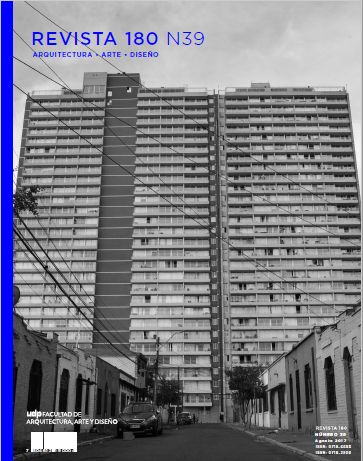THE CITY AS A PROBLEM OF REPRESENTATION AND KNOWLEDGE: THE URBAN LOOK OF THE U.S. NAVAL ASTRONOMICAL EXPEDITION OF J. M. GILLISS, SANTIAGO AROUND 1850
Published 2017-08-21
Keywords
- astronomic expedition,
- Gilliss,
- Santiago of Chile,
- urbanism,
- urban look
How to Cite
Abstract
This article analyses three different representations of Santiago of Chile produced around 1850 by the U.S. Naval Astronomical Expedition lead by Lieutenant James Melville Gilliss: a panoramic view from the summit of the Santa Lucia hill, a plan of the city and a written text. The purpose of this analysis is to identify the urban understanding that —we think— underlies. With this aim, we studied their organization, and put them in relation to other representations of the time, in order to observe their levels of verisimilitude. This is
an attempt to investigate the ability of certain images to penetrate
the knowledge of what they intend to represent, in this case, a specific city. This capacity can be associated with the notion of intelligibility, which denotes the interpretation of the underlying structure in space. How did the crew members of the Astronomical Expedition observe and understand the city of Santiago from the newly installed observatory on the summit of the Santa Lucía hill? In the first place, they were guided by the new ethos of the scientific practice: the observation; a strict methodological rigor and the instrumental support of their own discipline, astronomy. But they were by no means insensitive to identifying other kinds of order, or indifferent to more subtle modes of organization, since they also understood that the new order of the capital city of the nascent Republic was a consequence of the formation of new institutions
extending out into the territory, shaping a new kind of space, as it is well understood today.
